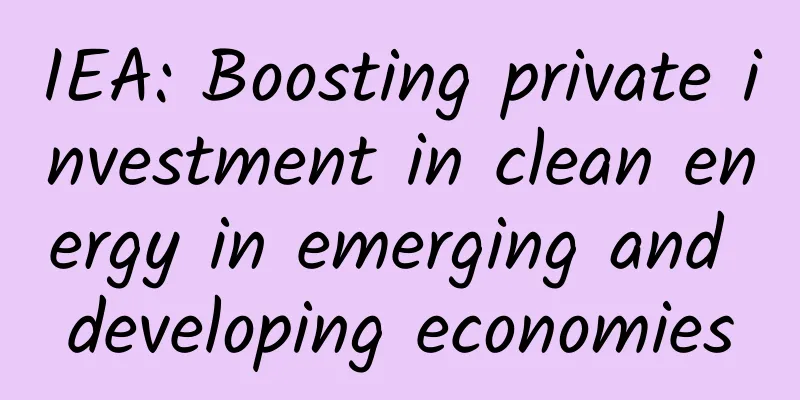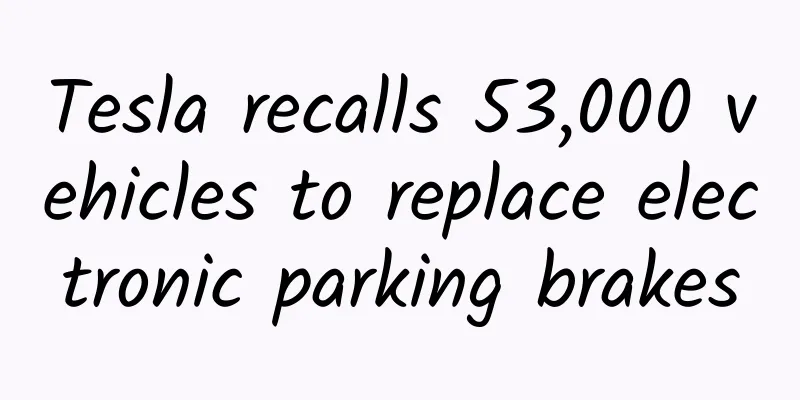IEA: Boosting private investment in clean energy in emerging and developing economies

|
The IEA has published a report titled "Boosting Private Investment in Clean Energy in Emerging and Developing Economies". How emerging market and developing economies (EMDEs) meet their growing energy needs will be critical to their and the world's energy and climate future. This group of countries covers a wide range of low- and middle-income economies, many of which suffer from severe shortages of reliable, affordable energy. 775 million people lack access to electricity and 2.4 billion lack access to clean cooking fuels, all of whom live in emerging markets and developing countries. Currently, emerging markets and developing countries invest about $770 billion in clean energy each year, but most of this investment is concentrated in a few large economies. China accounts for two-thirds of this, and the top three countries (China, India and Brazil) account for more than three-quarters. The concentration of investment is shocking: China installed 100 GW of new solar photovoltaic power generation capacity in 2022. Quantifying clean energy investment needs To meet growing energy demand in a manner consistent with the Paris Agreement, annual public and private investment in clean energy in emerging and developing countries will need to more than triple by the early 2030s, from $770 billion in 2022 to $2.2-2.8 trillion per year, and remain near this level until 2050. Excluding China, the increase is even greater, equivalent to a seven-fold increase in annual investment, from $260 billion to $1.4-1.9 trillion. Investment in clean electrification, grid infrastructure is the main component of the spending increase. In the case of meeting climate and sustainable development goals, by the early 2030s, more than one-third of total EMDE clean energy investment will be in low-emission power generation, mainly renewables. Another one-third needs to be spent on efficiency improvements and end-use sector spending. Less than a quarter is for grids and storage. About 8% is for low-emission fuels. The cost of achieving universal access to electricity and clean cooking fuels by 2030 (SDG 7) is about $45 billion per year, less than 2% of total clean energy spending. Two-thirds of investments in electricity access need to be in Africa. About 60% of investments in clean cooking are needed in Asia. |
<<: Why is Huawei HiSilicon's octa-core processor so awesome?
>>: Windows licensing fees may drop to $42 in 2020
Recommend
Peking Union Medical College doctor said: Five things you should pay attention to during the peak period of Norovirus infection →
Norovirus can cause acute infectious diarrhea, an...
The Lantern Festival is coming, how to write copy that takes advantage of the situation?
It’s the Lantern Festival again. Have you thought...
ESC: Study finds up to 80% of athletes who die suddenly have no symptoms or family history of heart disease
Recently, the European Journal of Preventive Card...
Tmall Genie CCL vs. Xiaodu at Home 1S, which smart speaker with screen is better?
In the past two years, as Chinese companies and c...
Weibo KOL placement guide (Part 1)
I know that 50% of my advertising dollars are was...
A house inspection found 111 problems worth 3 million yuan! Here are 8 pitfalls of house inspection!
Some time ago, one of our colleagues bought a new...
【World First Aid Day】Protect lives, “rescue” around you
Author: Wang Changyuan, Chief Physician, Xuanwu H...
The security risks of the Internet of Vehicles are highlighted. More than 1,000 domestic cars have system vulnerabilities that may be exploited by hackers
The development of intelligent connected vehicles...
25 great tips for intermediate Git users
I had been using Git for about 18 months and thou...
Revelation of JD.com’s 618 marketing promotion!
Whenever "618" comes, consumers find it...
Why do people buy 5G phones, but the first thing they do is turn off 5G? Here's the reason
After two years of development, most of the newly...
Swift TIP: objc and dynamic
Although the original intention of Swift language...
Boss Qiao's 2021 Dragon Subduing Eighteen Palms Practical Skills
Boss Qiao's 2021 Dragon Subduing Eighteen Pal...
iOS 15.4 beta allows you to unlock your iPhone while wearing a mask
It is understood that this update appears under &...
Review of semi-finished food delivery service: Can you save time and effort while also having deliciousness and health?
If you have already formed a small family and hav...









